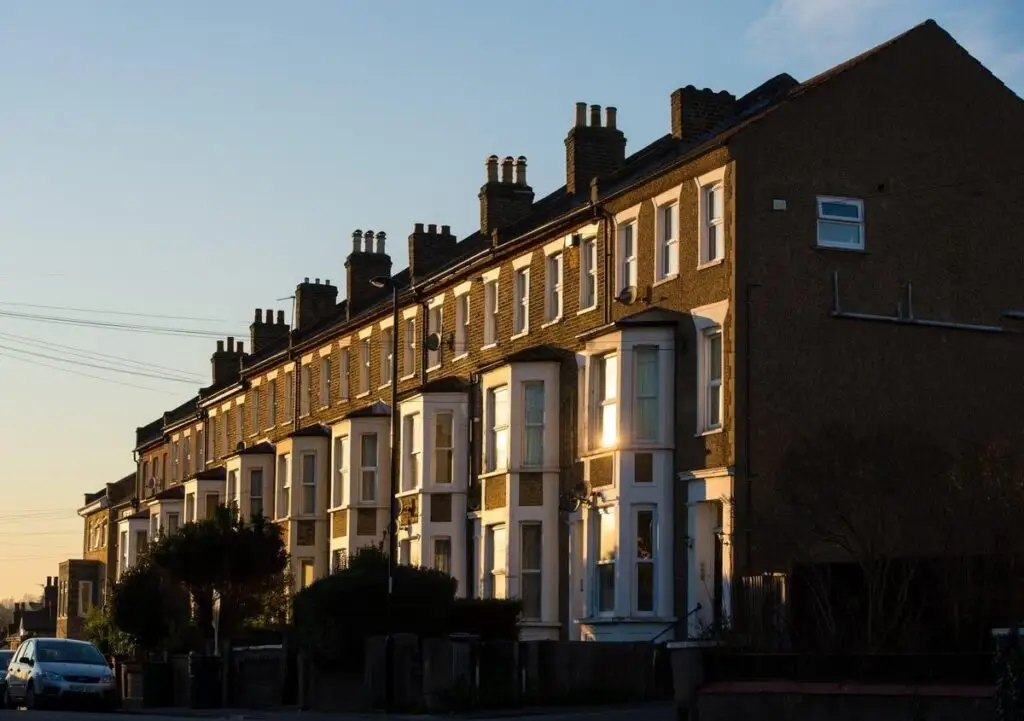The Bank of England is about to make a crucial decision on interest rates, with some experts suggesting a possible cut from 5.25 percent to 5 percent.
This decision follows a period of high inflation, which peaked at 11.1 percent in October 2022 but has since stabilised at the target rate of 2 percent, albeit with prices still rising slowly.
Interest Rates and Inflation
Interest rates are a tool used by the Bank of England to control inflation. As of July 2024, rates are at 5.25 percent and have been held at this level for the past six votes by the Bank’s policymakers.
Interest rates were increased to make borrowing more expensive for both individuals and businesses. This reduces the demand for goods. Companies find it harder to keep raising prices, which helps slow down inflation.
Rate-setters also keep a close eye on specific areas like services inflation. In May, this stood at a sticky 5.7 percent.
Interest Rates and Mortgages
Mortgages are agreements between borrowers and lenders, and their rates are usually higher than the Bank of England’s base rate. Some types of mortgages follow the bank’s base rate while others do not.
A change in interest rates will affect most mortgage holders, depending on the type of mortgage and other factors.
Discounted, Tracker and Standard Variable Rate (SVR) Mortgages
An SVR is set by the mortgage lender and usually follows movements in the Bank of England’s base rate. When interest rates rise, lenders often pass this increase on to customers.
Tracker mortgages are another type of variable rate mortgage, but they’re linked directly to the Bank of England’s base rate. Rates on tracker mortgages can rise more than on an SVR. For example, if a tracker mortgage is set 1 percent above the base rate, it would have been 1.1 percent in December 2021 but risen to 6 percent by June 2023.
Fixed-Rate Mortgages
Fixed-rate mortgages maintain the same rate for the agreed period between the borrower and the lender, regardless of changes in interest rates.
Once the fixed term ends, borrowers are moved to the lender’s SVR, which is influenced by the Bank of England’s rates.
Current Economic Situation
The Bank of England is set to announce whether it will cut interest rates, a decision said to be ‘on a knife-edge.’ Some analysts hope for a small decrease from 5.25 percent to 5 percent.
The current borrowing costs are at their highest in 16 years. Inflation soared to a record 11.1 percent in October 2022 but has since returned to the Bank’s 2 percent target.
Even though inflation has stabilised at 2 percent, prices aren’t falling to pre-pandemic levels. They are just rising more slowly.
Impact on Borrowers and Homeowners
Higher interest rates are designed to curb inflation but also affect savings and mortgage rates.
Most people with a mortgage will feel the impact of interest rate changes. The specifics will depend on the type of mortgage they have.
Higher rates mean higher monthly payments for variable-rate mortgage holders, while fixed-rate holders are temporarily shielded.
Expectations and Predictions
Experts hope that a return to normal inflation levels could lead to the Bank cutting interest rates. If rates are cut, it could mean lower mortgage costs for many.
However, the decision depends on various economic indicators and is not guaranteed.
The outcome will significantly affect UK households, many of whom are already facing a cost of living crisis.
Social Media Reactions
Across social media platforms, people have expressed concerns and hopes regarding the potential interest rate cuts.
Some believe lower rates are essential for economic recovery, while others worry about long-term financial stability.
The relationship between interest rates and inflation is intricate, affecting various aspects of the economy, including mortgage rates.
While hopes are high for potential interest rate cuts to ease mortgage costs, the decision hinges on numerous economic indicators.
Ultimately, any change in interest rates will significantly impact UK households, many of whom are grappling with a cost of living crisis.


